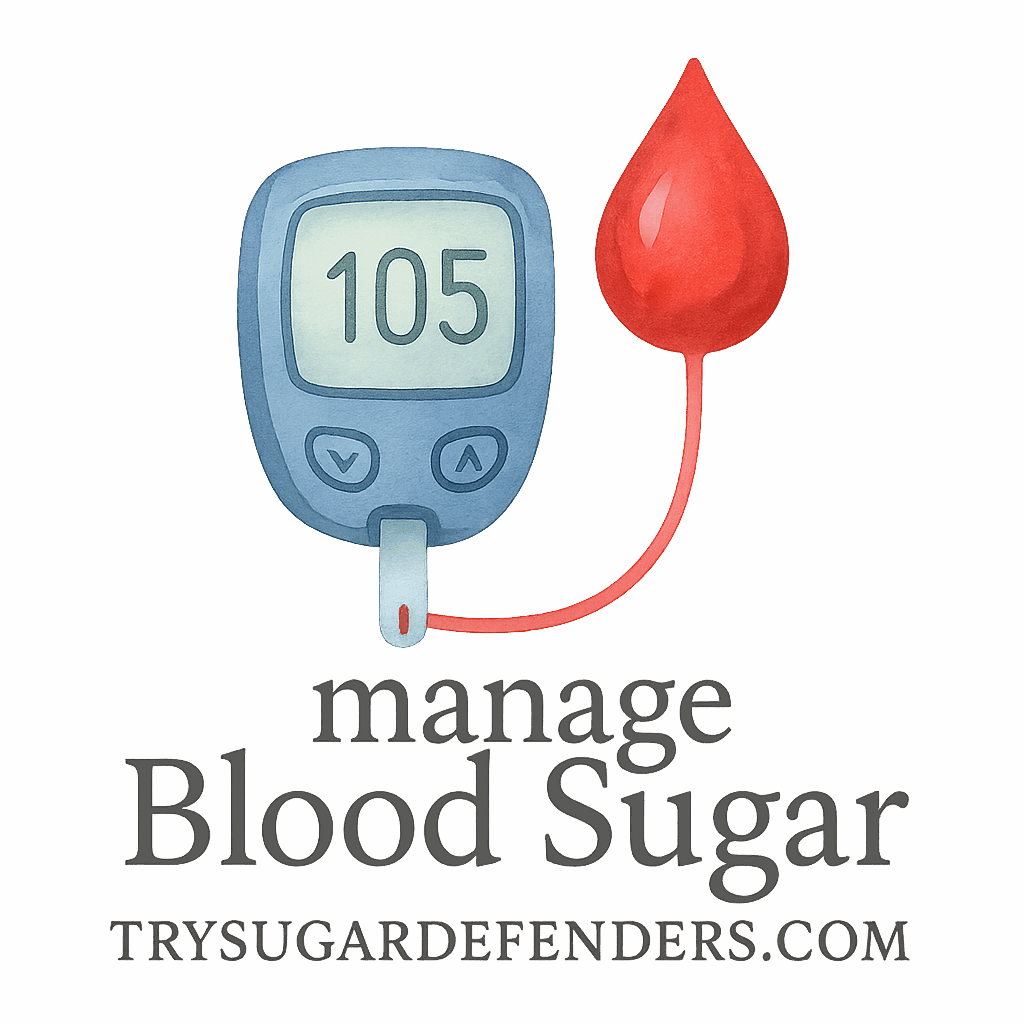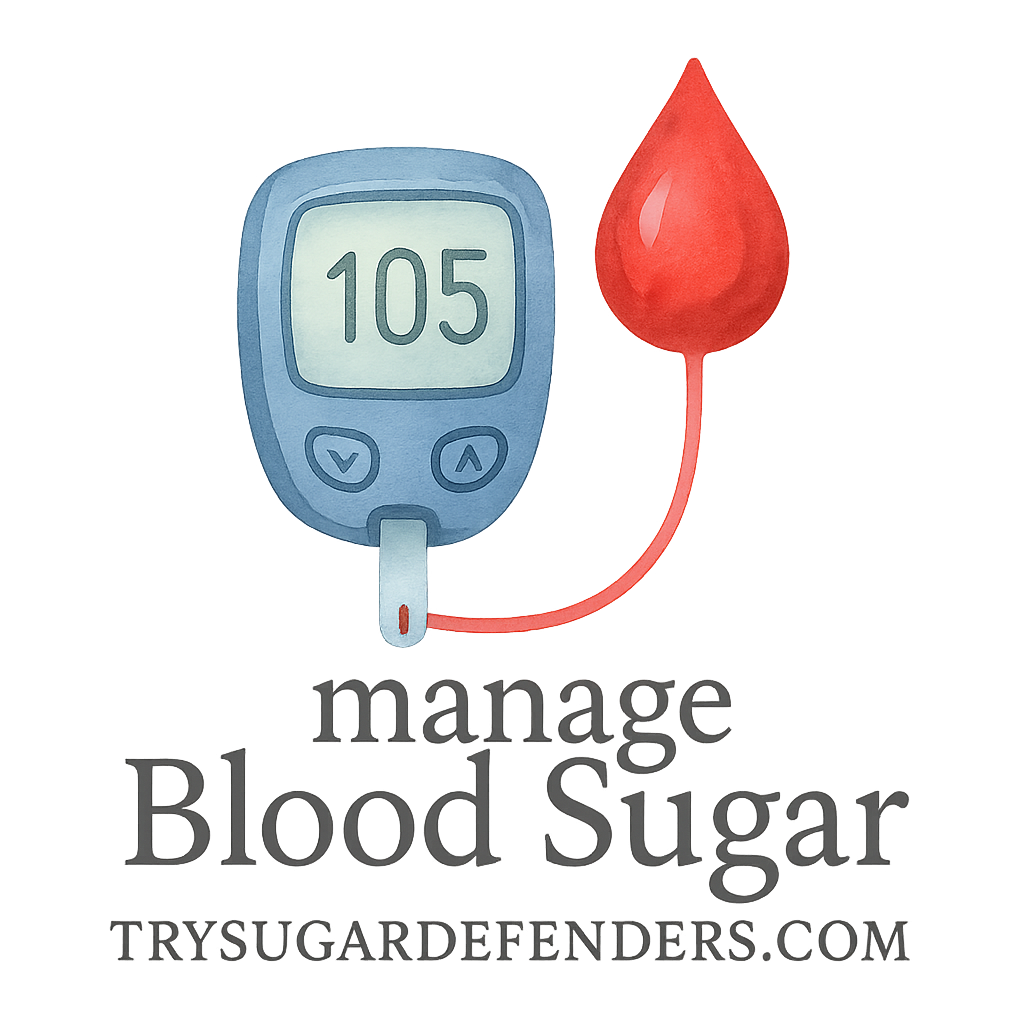Let’s face it: keeping your blood sugar in check can feel like a full-time job. Diet, exercise, medications — the list is long. But here’s a little-known secret that’s getting a lot of attention: mindfulness can be a game-changer. In this article, we’ll unpack 9 mindfulness techniques to stabilize blood sugar, all backed by science and super easy to apply in real life.
Spoiler: It’s not just about meditating on a mountain — it’s about practical, daily shifts that can transform your health.
Why Mindfulness Matters for Blood Sugar Control
Understanding the Mind-Body Connection
You’ve heard it before: your mind and body are deeply connected. But did you know that your emotional state can directly impact your blood glucose levels?
When stress hits, your body releases cortisol — a hormone that raises blood sugar. Repeated exposure leads to insulin resistance and rollercoaster glucose levels. Here’s a behavioral guide to get started.
The Role of Stress in Blood Sugar Spikes
Stress isn’t just mental; it’s chemical. When your brain perceives danger, real or imagined, it tells your body to dump glucose into your bloodstream. Mindfulness interrupts this pattern by reducing your stress response.
1. Mindful Eating Habits
Slow Down and Savor Each Bite
This one’s a classic for a reason. Eating slowly gives your digestive system time to process food properly and prevents overloading your blood with glucose.
Try putting your fork down between bites. Chew 20 times. Seriously. It might sound silly, but mindful eating helps regulate insulin.
Check out this complete guide to healthy diet strategies for more info.
Focus on Whole, Nutrient-Dense Foods
Choosing foods consciously is part of mindfulness. Avoid processed snacks and opt for fiber-rich veggies, healthy fats, and lean protein. Think: Mediterranean-style meals. Learn more about this diet approach here.
Want more help? The diet tag archive is loaded with smart strategies.
2. Breathwork and Deep Breathing
Resetting the Nervous System
Deep breathing isn’t just about oxygen. It flips the switch from “fight or flight” to “rest and digest.” Try this: inhale for 4 counts, hold for 7, exhale for 8. This “4-7-8” method lowers cortisol and helps keep blood sugar steady.
Explore breathing routines in your daily wellness plan.
3. Meditation for Blood Sugar Stability
Types of Meditation That Help
From body scan to loving-kindness meditation, there’s no shortage of styles. Even 10 minutes a day can lower stress and glucose spikes.
Try starting with guided apps or monitoring your stress with tech. You’ll likely see changes in how your body responds to sugar and stress.
Need help starting a meditation habit? This mental strategies section is a goldmine.

4. Gratitude Practice for Hormonal Balance
This might sound woo-woo, but it’s legit. Gratitude practices help rewire your brain to focus on the positive — which reduces chronic stress hormones like cortisol.
Each night, jot down three things you’re grateful for. Over time, your brain will rewire to focus more on joy and less on panic — both of which are great for blood sugar.
CBT and mental tools often incorporate gratitude to reinforce positive change.
5. Guided Visualization Techniques
Visualization is like Netflix for your brain — but with health benefits.
Picture your blood sugar stabilizing, your cells energized, and your body healing. Doing this daily strengthens your mind-body connection, making healthy habits easier to stick with.
Add this to your bedtime routine or use it when cravings strike. Explore behavioral strategies here.
6. Journaling to Track Emotional Triggers
You know that one argument or rough day that throws off your eating? Journaling connects emotions to glucose patterns, helping you recognize and avoid those sugar-spiking stressors.
Record how you feel before and after meals. You’ll notice patterns. Use tracking tools or go old-school with a notebook.
Want structure? Use tools from the goal-setting tag to build your journaling habit.
7. Body Scan Technique to Reduce Cortisol
Lie down. Close your eyes. Focus on one body part at a time — from your toes to your scalp. It’s like a full-body relaxation massage without touching anything.
The body scan calms your nervous system, which can lower blood sugar if practiced regularly.
Combine it with meditation or deep breathing for double benefits. Curious how others use this method? Check out the methods tag.
8. Mindful Movement: Yoga and Tai Chi
Gentle Exercise with Big Impact
These ancient practices combine slow movement with focused breathing — perfect for stabilizing blood sugar without burning out your body.
You’ll improve circulation, reduce cortisol, and enhance insulin sensitivity. Check out more movement tips in the exercise lifestyle section or fitness tag.
Need gear? Some devices track your progress beautifully.
9. CBT-Based Mindfulness Interventions
Cognitive Behavioral Therapy & Blood Sugar
CBT is a powerful tool that pairs perfectly with mindfulness. It teaches you to rewire negative thought loops that cause stress — and, you guessed it, blood sugar spikes.
Incorporate CBT through therapy, self-help books, or structured guides from the CBT tag and consultation pages.
Explore supplementing therapy with natural blood sugar aids for extra support.
Final Thoughts on Mindfulness for Blood Sugar
Let’s be real — managing blood sugar isn’t just about food and medication. It’s about mindset, too.
These 9 mindfulness techniques are simple, science-backed, and seriously effective. Whether you’re new to mindfulness or already meditate with a monk’s dedication, you’ll find something here to boost your health.
Start small. Pick one technique today. Tomorrow, try another. Soon enough, you’ll feel more balanced, energized, and in control.
Want to take things further? Dive into these internal resources:
- Behavioral & Mental Strategies
- Nutrition & Diet Tools
- Exercise & Lifestyle Guides
- Medical Supplements & Tools
- Tracking & Monitoring Options
FAQs
1. Can mindfulness alone lower blood sugar?
It helps, but it works best alongside healthy eating, movement, and proper monitoring. Think of it as a powerful sidekick, not a superhero.
2. How long before mindfulness affects blood sugar?
Some people feel results in days; others take a few weeks. Consistency is key.
3. What’s the best mindfulness technique for beginners?
Start with deep breathing. It’s easy, free, and can be done anywhere — even in traffic!
4. Is yoga better than meditation for blood sugar?
They work differently. Yoga adds movement, meditation boosts mental clarity. Try both for a one-two punch.
5. Can kids with blood sugar issues use mindfulness?
Absolutely! Just simplify it. Teach them breathing exercises or gratitude journaling.
6. How often should I practice mindfulness?
Daily, if possible. Even 10 minutes a day makes a difference.
7. Do I need a therapist for CBT techniques?
Not always. There are great self-guided options, but a professional can speed up results and give personalized feedback.


